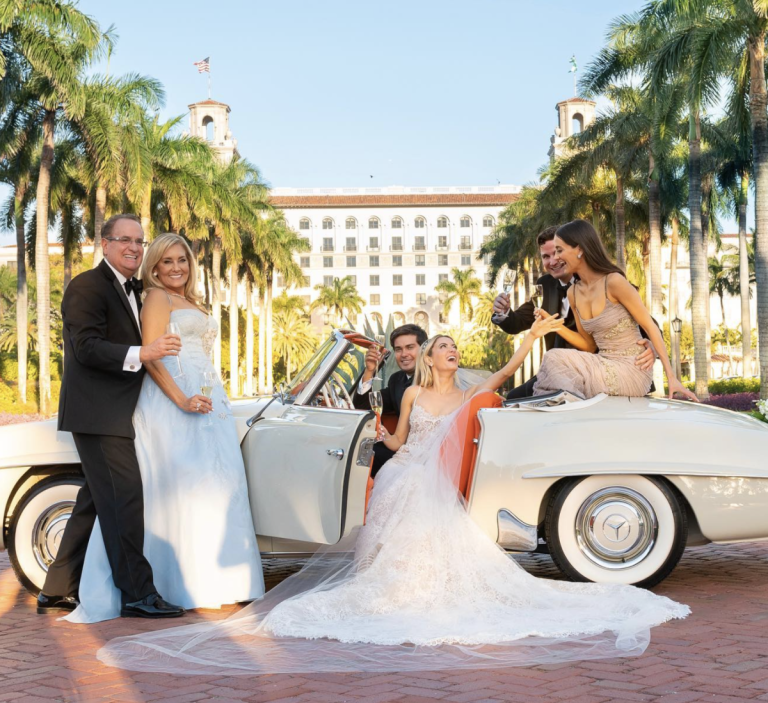
Historic & Artistic Wedding Venues in The Palm Beaches
Live your Florida's love story at these venues filled…

Steeped in history and glamour, this Palm Beach landmark contains some intriguing and little-known facts
The Town of Palm Beach is a place where the extraordinary is commonplace. It is a timeless corner of the tropics where some of America’s most influential families came to play 120 years ago. They left behind a trail of beautiful homes and impressive history that few other communities can claim. At the forefront of this history is the Henry Morrison Flagler Museum, a breathtaking and palatial landmark that served as Flagler’s family home for decades. Called “Whitehall”, the story of the iconic building has a story that is both fascinating and intricate.
The building, a gift to Flagler’s third wife, Mary Lily Kenan Flagler, served as the couple’s winter retreat from 1902 until Henry Flagler’s death in 1913. The press of the day called the home “more wonderful than any palace in Europe,” boasting 75 rooms and 100,000 square feet of space. Here, Flagler entertained the greatest industrialists and thinkers of the Gilded Age, setting the stage to make Palm Beach the destination of world leaders and celebrities for decades to come. A building of such scale and grandeur is bound to have many secrets and little-known stories. Here is a list of five oddities that make Flagler’s magnificent gift to his wife a fascinating place to visit and explore.
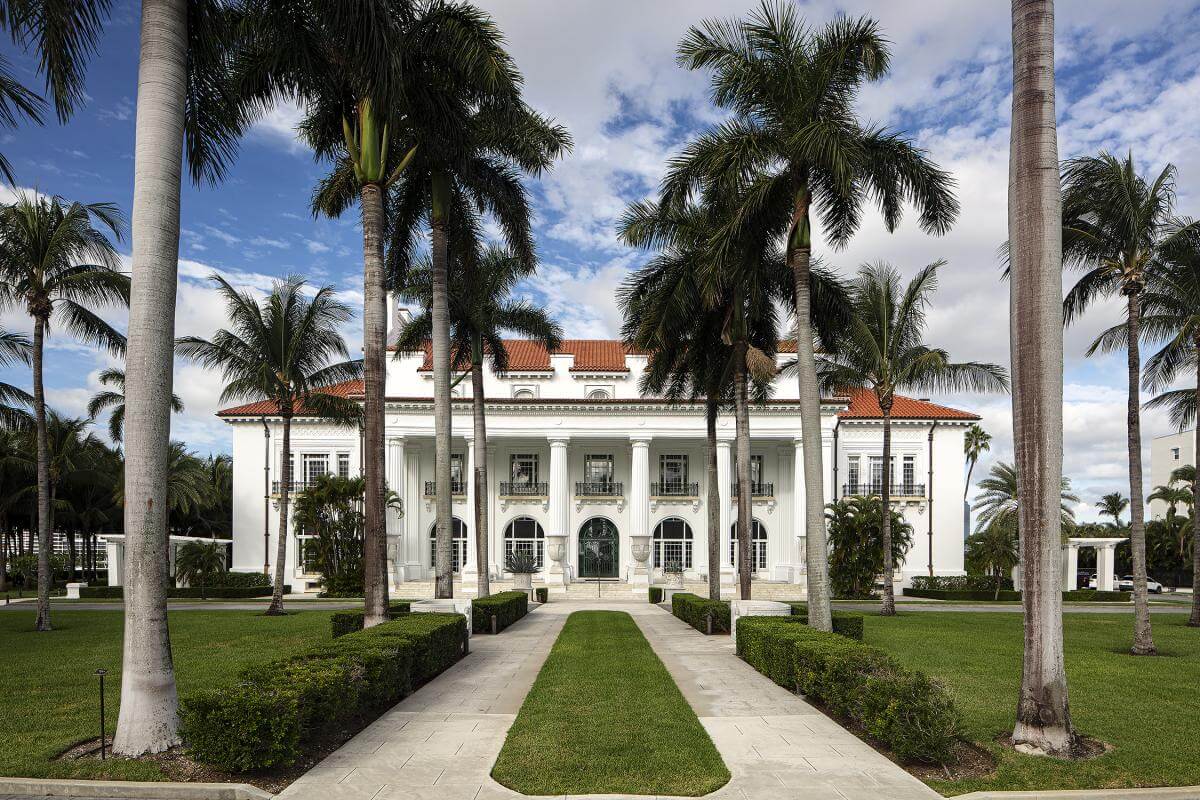
The Flagler mansion was built at a time long before the development of household air conditioning. Because of this, the massive structure and its beautiful contents were subject to the effects of tropical moisture. To fight the humidity, the home was built with a central heating system designed to dry the interior air and reduce the chance of mold. Even in the summer, the heating system would be engaged to draw out moisture and preserve the precious contents of Whitehall. The home is now fully air-conditioned for visitors’ comfort, the upgrade having taken place in the late 1990s. That’s right, the building relied on tropical breezes for cooling for more than 80 years!
The elevation of The Flagler Museum is truly impressive. Massive white columns and spacious marble floors make for a presentation that rivals any European palace. But what lies below the building’s steps is something rare to see, especially in Florida. If you stay in The Palm Beaches for any length of time, you’ll learn that few homes have basements. The shifting sand and high water table makes the needed excavation very difficult and expensive, making it feasible only for high-rises and large commercial buildings. Flagler’s mansion was an exception, with a full basement as part of the initial construction. The basement measures more than 23,000 square feet, and contains the plumbing and ducts needed to keep the stately home running.
Surrounding the grounds of the Flagler Museum is a tall, beautiful iron and bronze fence. Intricate in design, the fence is made up of carefully detailed wrought iron pickets with spear finials. The fence is both protective and impressive, adding to the palatial character of the home. What visitors don’t know about the 1,000-foot long fence is that it is original to the mansion, designed by architects Carrere and Hastings in 1901. Careful upkeep has protected the structure from salt air and wind storms for more than 121 years!
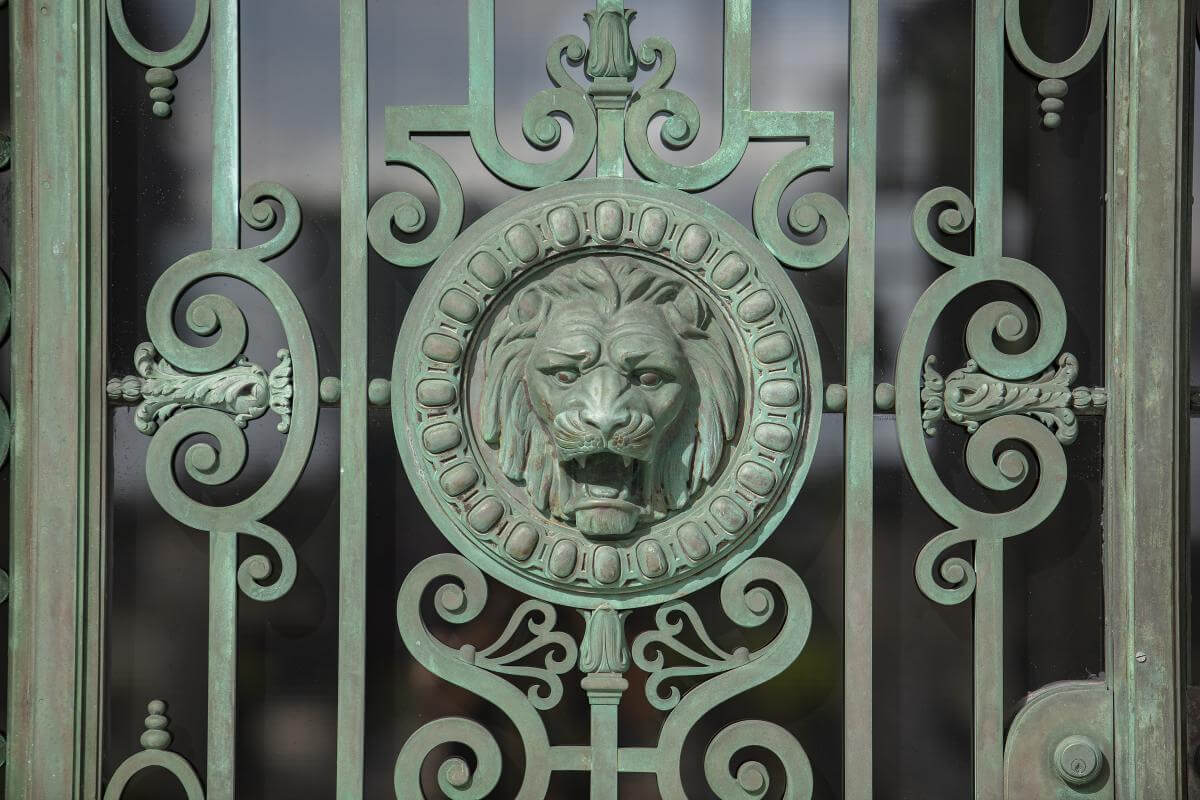
A huge swimming pool seems to be a pre-requisite for any impressive mansion. This was not the case for the Flagler mansion. It was built without one and wouldn’t have one for the first five decades of its existence. While the reason for this omission isn’t clear, it could be assumed that easy access to the clear waters of the Atlantic Ocean to the east as well as Lake Worth Lagoon to the west made a pool unnecessary. One was eventually installed when the home was part of a larger hotel complex in the 1950s, and it has since been removed. The pool was built alongside the southern edge of the home, the current site of the restored Cocoanut Grove.
A building as timeless as Flagler’s home would seem to be a place where time is unimportant, but Whitehall is full of beautifully crafted timepieces. There are ten impressive clocks spread out among the home’s period-accurate rooms, each in complete working order. The clocks require weekly winding, and museum staff must follow a specific procedure to make sure each’s inner workings are kept in tip-top shape. A trip to The Flagler Museum will take you back to the very beginnings of Palm Beach style. Guided tours are available as well as self-guided audio and printed guide tours. Times for guided visits can be reviewed on the Flagler Museum website.
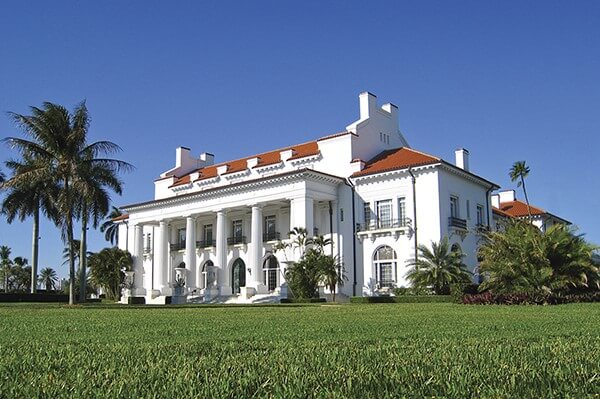

Live your Florida's love story at these venues filled…

Guide to The Palm Beaches for The Jetsetter Stylish…

Attraction & Experience Ideas for Blind and Low…

5 Must-Know Secrets about The Kravis Center Pulling…
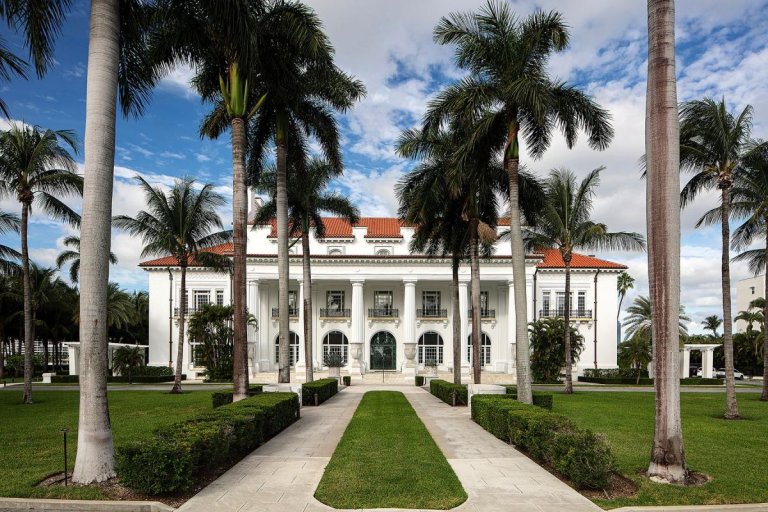
Gilded Age Attractions in The Palm Beaches Experience…
Browse lodging options in the one, the only, the Palm Beaches and discover America's First Resort Destination in sunny South Florida.